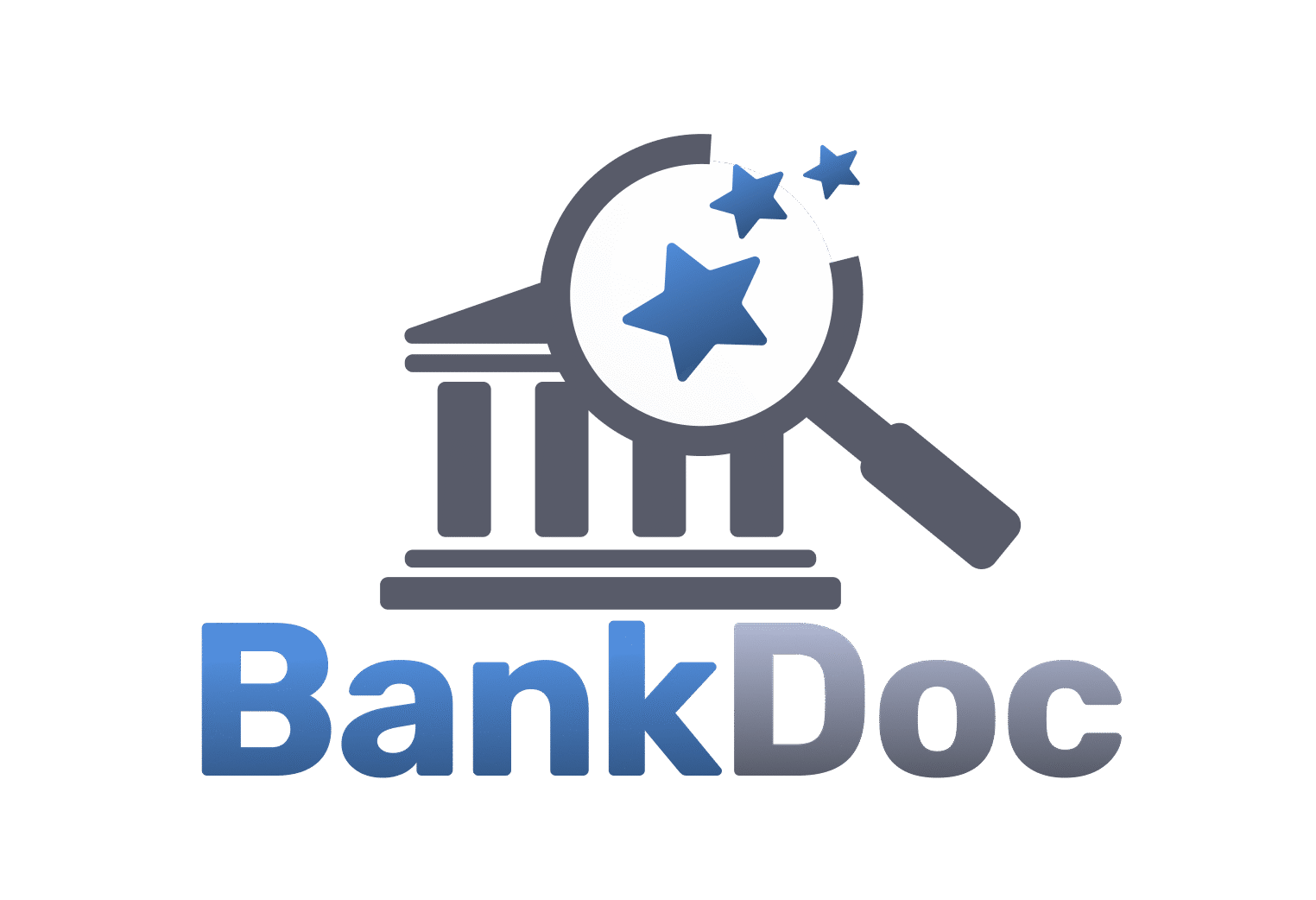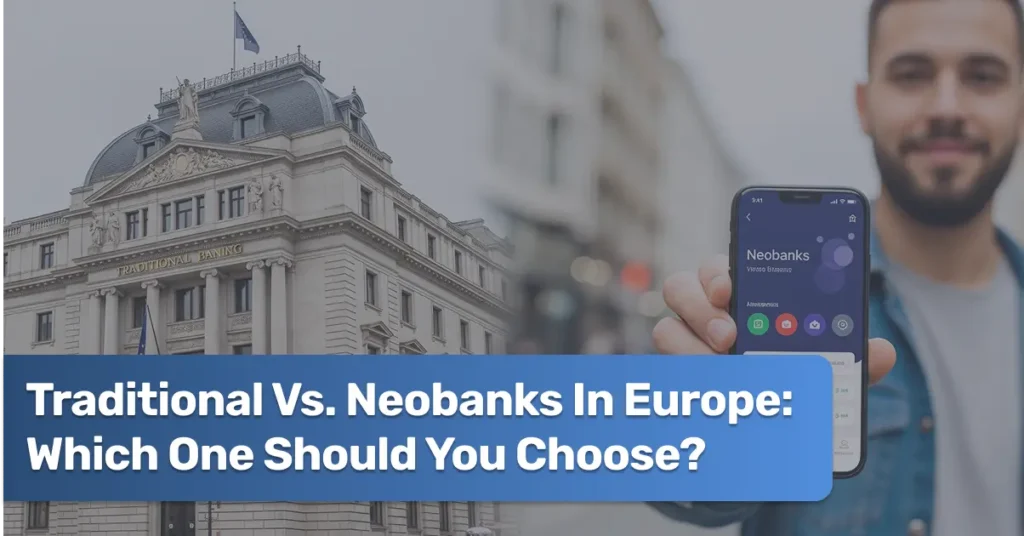In the rapidly evolving world of finance, European consumers are facing a pivotal decision: stick with a traditional bank or switch to a neobank. With digital transformation accelerating across the continent, neobanks are reshaping the way we manage our money. But are they truly better than legacy institutions?
Let’s break down the key differences, advantages, and disadvantages of both, so you can make the smartest banking choice in Europe today.
What Are Traditional Banks?
Traditional banks are long-established financial institutions that offer a full range of services—savings, checking, loans, mortgages, and investment advice. Examples include Deutsche Bank (Germany), BNP Paribas (France), Santander (Spain), and ING (Netherlands).
These banks typically have:
- Physical branches
- In-person customer service
- A broad network of ATMs
- Legacy infrastructure and processes
What Are Neobanks?
Neobanks, also known as digital banks or challenger banks, operate entirely online—often via mobile apps. They offer streamlined services such as:
- Mobile-first current accounts
- Instant notifications
- Budgeting tools
- Fee-free international payments
Popular neobanks in Europe include N26 (Germany), Revolut (UK/Lithuania), Bunq (Netherlands), and Monese (UK).
Key Differences: Traditional vs. Neobanks
| Feature | Traditional Banks | Neobanks |
|---|---|---|
| Physical Branches | Yes | No |
| Account Opening Time | Several Days | Minutes |
| Fees | Often higher | Generally lower |
| Currency Exchange | Limited / Expensive | Real-time, low-cost |
| Personal Loans & Mortgages | Widely Available | Limited or Unavailable |
| Financial Advice | In-person and online | Mostly self-service |
| Regulation & Deposit Insurance | Fully regulated, insured | Most are regulated (some not yet licensed) |
Pros of Traditional Banks
- Wide service offering: Loans, mortgages, investments, and insurance under one roof.
- Strong regulation: Covered by national deposit guarantee schemes (up to €100,000 per account in the EU).
- Personalized advice: In-person financial planning is still a key asset for many.
Cons
- Slow innovation and outdated apps
- Longer wait times and paperwork
- Higher fees for transfers and currency exchange
Pros of Neobanks
- Fast account setup: Many accounts are opened in under 10 minutes.
- User-friendly apps: Clean interfaces, real-time insights, and spending analysis.
- Low or no fees: Especially for international transfers and card payments.
- Innovative features: Crypto access, instant IBANs, sub-accounts, and multi-currency wallets.
Cons
- Limited access to credit and mortgages
- No physical branches for support
- Some don’t offer deposit protection (always check licensing)
The European Landscape: What Consumers Prefer
According to the European Central Bank, trust in traditional banks remains strong, especially in countries like Germany, France, and Austria. However, younger generations (especially in Scandinavia, the Baltics, and Southern Europe) are rapidly adopting neobanks for daily spending and travel.
Many users today choose a hybrid approach—keeping a traditional bank for savings and loans while using a neobank for daily transactions and budgeting.
So, Which One Should You Choose?
It depends on your financial needs and lifestyle:
- Choose a Traditional Bank if:
- You want comprehensive financial services (loans, mortgages, savings)
- You prefer face-to-face support
- You value long-term stability and brand heritage
- Choose a Neobank if:
- You travel frequently or deal with multiple currencies
- You want to manage everything from your smartphone
- You’re looking for low fees and modern UX
Final Thoughts
Neobanks are tech-savvy, and user-focused/user friendly, making them perfect for modern consumers in Europe. But traditional banks still offer reliability and full-service financial ecosystems. The smartest move? Combine both to get the best of both worlds.
Before you make the switch, check whether the neobank is licensed and insured in your country. Not all fintech platforms are created equal.
FAQ: Traditional and Neobanks
Neobanks are digital-only, app-based “banks” that operate exclusively online, often partnering with licensed banks and leveraging PSD2/open banking in Europe. Traditional banks maintain physical branches, full banking charters, and offer a broader range of services
Neobanks appeal due to their quick account setup, user-friendly interfaces, lower or zero fees (especially on international transfers), real-time notifications, and built-in budgeting tools
Neobanks comply with EU regulations (PSD2, GDPR), using features like two‑factor authentication, encryption, and fraud detection. Customer deposits are safeguarded via partner banks under EU protection schemes
Neobanks often offer lower fees—minimal maintenance, free ATMs, cheap international transfers—thanks to lean operations. Traditional banks tend to have higher fees due to branch and system overheads
Not yet. Many neobanks serve as secondary accounts: users often keep their salary with traditional banks due to trust, mortgage access, or deposit security
Challenges include limited product range (e.g., mortgages), account freezes due to compliance requirements, potential lack of long‑term profitability, and less support for complex banking needs
Neobanks suit tech-savvy millennials, freelancers, travelers, who value convenience and low costs. Traditional banks remain preferred for those who need in-person service, big loans, or deeper financial products

